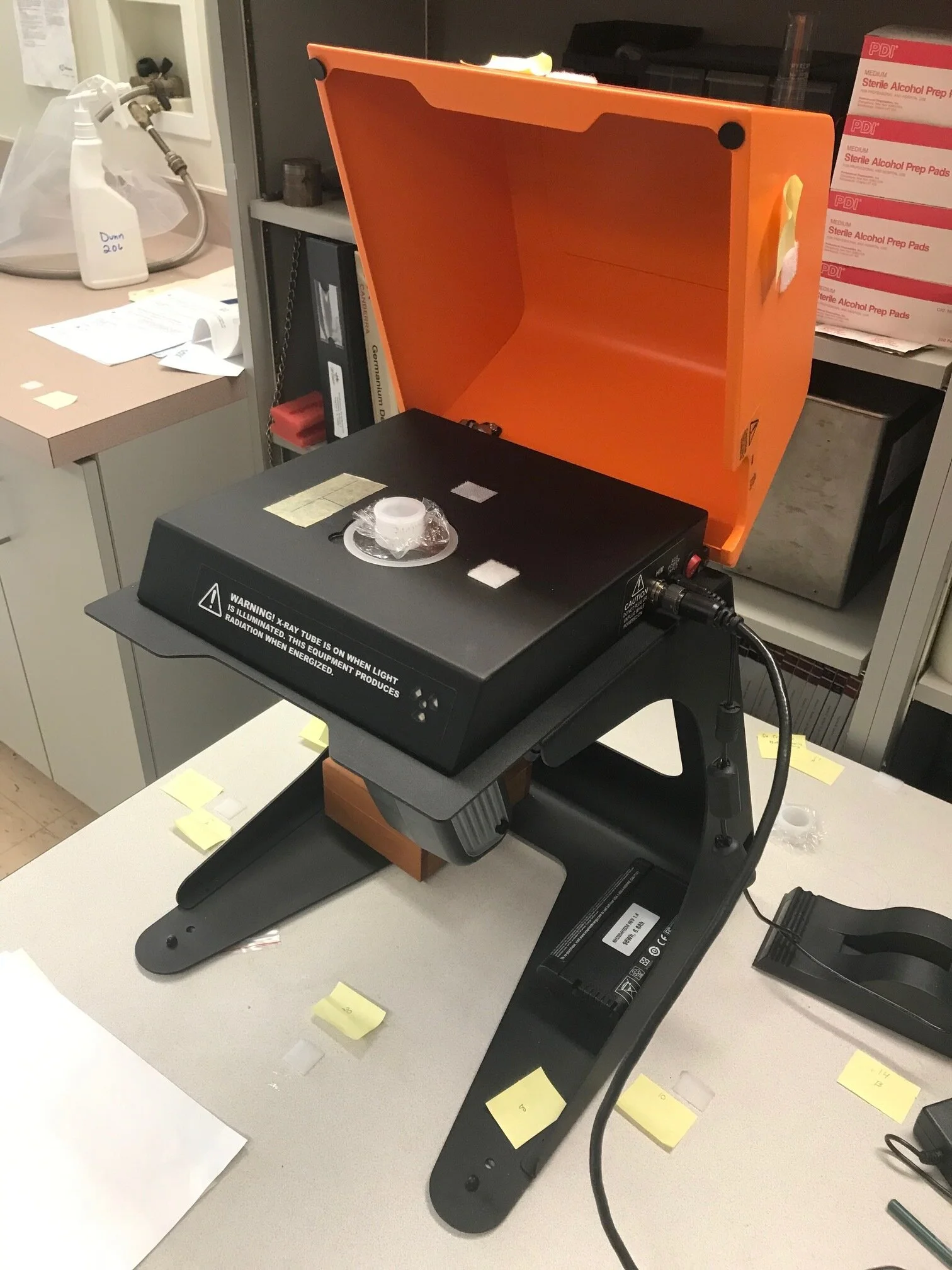The first publication from IZiNCG’s Zinc Fortification Task Force, Enablers and Barriers of Zinc Fortification; Experience from 10 Low- and Middle-Income Countries with Mandatory Large-Scale Food Fortification, is now available in Nutrients.
Food fortification presents an opportunity for enhancing zinc intakes. Despite data suggesting zinc deficiency as being a potential public health problem, only 29 out of 72 low- and middle-income countries with mandatory fortification programs for cereal grains include zinc as a mandatory fortificant.
To guide policy decisions, we investigated the factors enabling and impeding the inclusion of zinc as a fortificant by conducting a series of in-depth interviews with key informants from 10 countries. We learnt that the decision to include zinc was strongly influenced by guidance from international development partners. Enabling factors included the assessment of zinc deficiency, mandatory regional food fortification standards which included zinc, the World Health Organization (WHO) guidelines for zinc fortification, and the low cost of the zinc compound commonly used. Barriers included the absence of zinc from regional fortification standards, limited available data on the efficacy and effectiveness of zinc fortification, and the absence of national objectives related to the prevention of zinc deficiency.
Systematic review coming soon
More evidence about the impact of zinc fortification is available now compared with when many of the countries interviewed the planning of their zinc fortification programs. We have conducted a review of efficacy and effectiveness studies to ascertain the effect of zinc fortification - alone or with multiple micronutrients - on a range of health outcomes. The review has been accepted for publication in Advances of Nutrition.
IZiNCG’s Zinc Fortification Task Force
The objective of Phase 1 of the Task Force has been to assess the efficacy and effectiveness of zinc fortification interventions, and to identify opportunities to enhance impact. We are now moving into Phase 2 - watch this space. Our members represent the Food Fortification Initiative, the Global Alliance for Improved Nutrition, Nutrition International, and the Global Fortification Data Exchange.
Read more about strategies for promoting zinc nutrition here.















